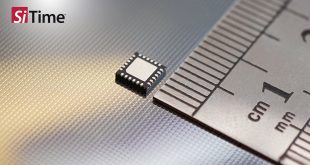Water is easy to keep out of things – seals and plastics are excellent barriers. However, water vapour can permeate right through those same plastics and barriers almost as if they were not there and in large volumes. Once inside the vapour condenses, causes problems and is kept in the precisely the wrong place by the very same seals and plastics that were designed to keep it out!

Fortunately, Versaperm has developed a new, highly accurate, multi-chamber instrument that allows you to identify and correct problems by measuring vapour permeability of enclosures, as well as the materials and composites from which they are made. And it can do this not just for water vapour but for hydrocarbons, CO2 and virtually every other gas/ vapour that is found in the marine environment.
Some materials allow thousands of times more vapour through than others and some, such as silicone, cellulose, EVOH and PVOH are so poor at containing water vapour that they might as well not be there at all! To make matters even worse, the manufacturing process itself can quadruple the amount of vapour that permeates through the material. If you want to keep water or any other vapour outside a case or enclosure in a marine environment, then the only solution is testing.
Versaperm’s equipment is fast, easy to use and offers a precise measurement of the rate that water vapour and other vapours infiltrate equipment, electronics, enclosures and packages.
Results are accurate in the Parts Per Million (PPM) range for most materials, and you can measure several separate material samples, seals, enclosures or electronic devices at a single time.
Versaperm also offers a vapour permeability laboratory service for companies which only need to test samples on an irregular basis.
 CIE Components in Electronics
CIE Components in Electronics



